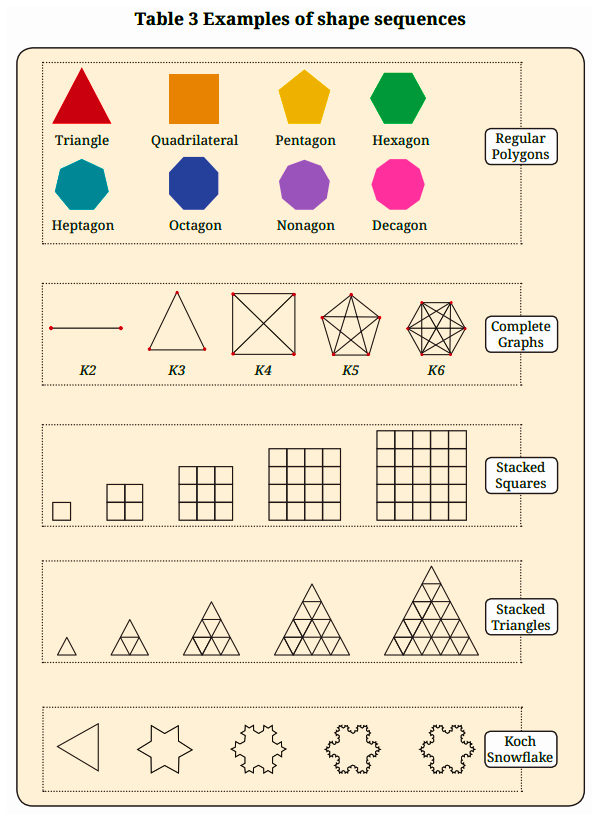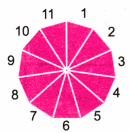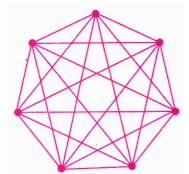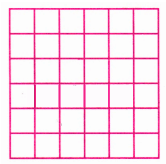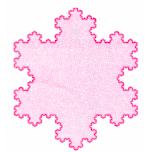Patterns In Mathematics Questions and Answers - Free PDF Download
FAQs on NCERT Solutions For Class 6 Maths Chapter 1 Patterns In Mathematics Exercise 1.5 - 2025-26
1. What is the focus of Exercise 1.5 in NCERT Solutions for Class 6 Maths Chapter 1?
Exercise 1.5 in NCERT Solutions for Class 6 Maths Chapter 1 focuses on understanding and working with patterns in shapes. It teaches how different shapes form patterns and how to create and continue these patterns.
2. How can I download the NCERT Solutions for Exercise 1.5 in Chapter 1?
You can download the NCERT Solutions for Exercise 1.5 from Class 6 Maths Chapter 1 as a FREE PDF from educational websites or the NCERT official site. Simply search for the exercise or chapter to find the download link.
3. What types of patterns are covered in Exercise 1.5 of Class 6 Maths?
Exercise 1.5 covers patterns made with various shapes, such as squares, triangles, and circles. It helps students recognize and create different geometric patterns.
4. How do I identify patterns in shapes in Exercise 1.5?
To identify patterns in shapes, look for repeating sequences or arrangements of shapes. Exercise 1.5 guides you through finding and describing these patterns step-by-step.
5. What is the benefit of understanding patterns in shapes from NCERT Solutions for Class 6?
Understanding patterns in shapes helps students improve their spatial reasoning and visualisation skills. It makes it easier to work with geometric concepts and solve related problems.
6. How do NCERT Solutions for Exercise 1.5 help with problem-solving?
NCERT Solutions for Exercise 1.5 provides clear explanations and examples of how to recognize and create patterns in shapes. This helps students apply these concepts to solve various problems.
7. Are there any specific tips for solving patterns in shape problems?
When solving patterns in shape problems, focus on identifying repeating sequences and consistent arrangements. Use the examples in the solutions to guide your approach.
8. What kind of problems are included in Exercise 1.5 of Chapter 1?
Exercise 1.5 includes problems where students need to identify, create, and continue patterns using different shapes. It tests their ability to recognize and work with geometric patterns.
9. How does Exercise 1.5 relate to real-life situations?
Patterns in shapes can be seen in everyday objects and designs, such as tiles, wallpapers, and art. Understanding these patterns helps students apply mathematical concepts to real-world scenarios.
10. How do patterns in shapes in Class 6 Maths help with future math topics?
Learning patterns in shapes helps with future geometry topics. It improves spatial awareness and problem-solving skills, which are important for understanding more complex geometric concepts.
11. How can I practice patterns in shapes effectively using NCERT Solutions?
To practice effectively, work through each problem in Exercise 1.5 carefully. Use the step-by-step solutions to understand each pattern and apply these methods to new problems for better understanding.

























